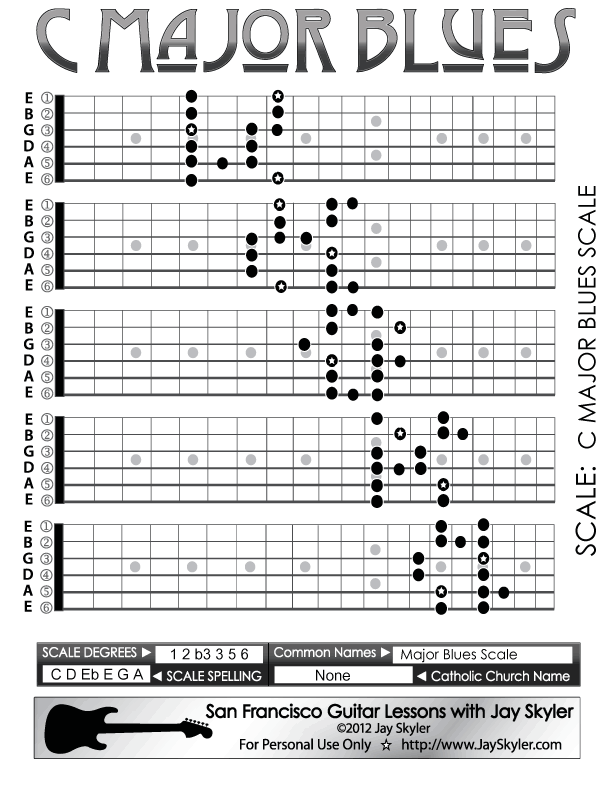It indicates where the notes are for each string. Chords are basically a few different shapes, repeated up and down the fret board, and scales are played from the notes that make up the finger positions on in the shape, as well as other notes in that shape that you don't play when you're playing the chord ( sometimes ). if you know your chord shapes, and you know your "boxes" or where the notes of the scale fall, in that pattern, you can use it to riff, or moving up and down play a lead, or add notes when voicing a chord to add a 7th or a 9th, or another note to add flavor or expression.
The dots allow you to see what note or position you're playing.
For instance a popular Blues scale,

If you notice, there are patterns there, and not only can you make leads and arpeggios from it, you can see that there are multiple chord shapes along the path as well.
This explains it as well as anything, but it's for a bass, but can be used on the guitar as well. This would pertain to waling up and down the scale to riff a bit, but you'll see some chord shapes emerge as well. Generally, the bass doesn't play a lot of chords in unison ( all strings at once, strumming ), but takes a chord and breaks it down and walks along playing the notes that make the chord up.

 Win a FREE Membership!
Win a FREE Membership!